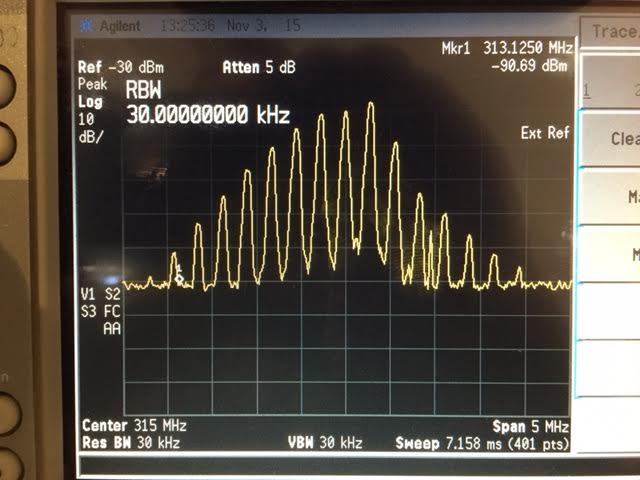Hi,
I am using cc115l along with msp430f5342. The radio is configured to operate at 315MHz. Looking at the reference design here http://www.ti.com/lit/zip/swrr081. I see 0.1uF decoupling capacitors across the digital and analog supply (DVDD, AVDD). Why were these values picked and wouldn't it make more sense to go with lower capacitance on the analog side (e.g. 550 pf) in order to have a higher resonance frequency? What would you recommend for capacitor values for the 315Mhz application? Thanks.
Fahd


